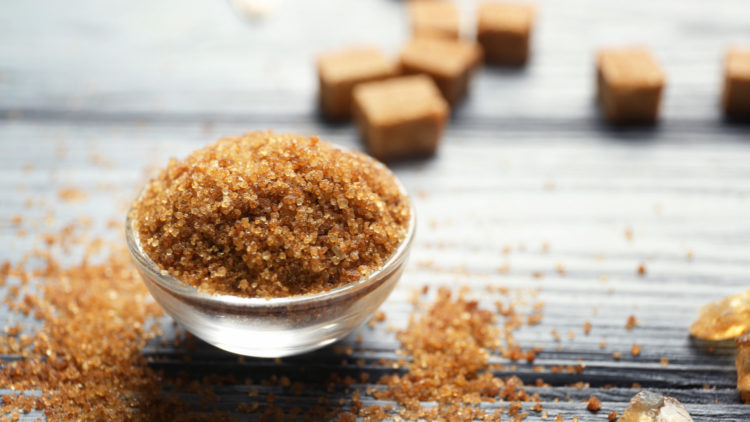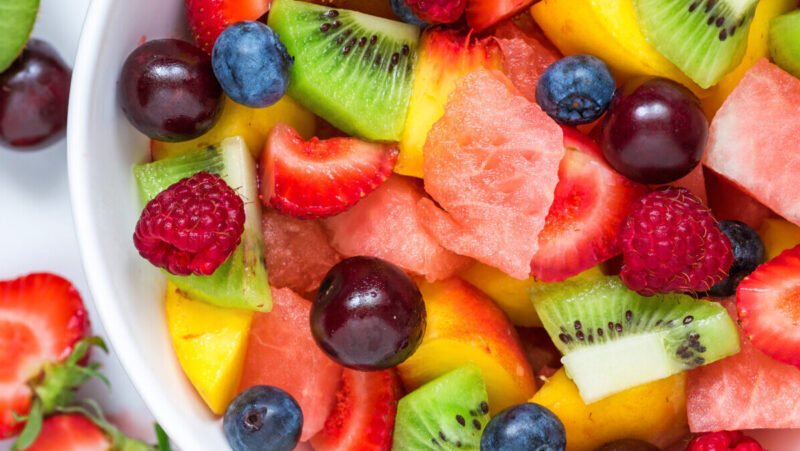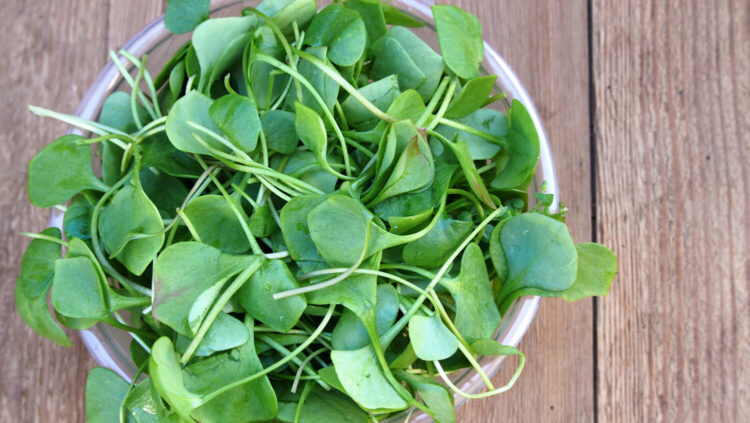7 Foods That Are Surprisingly Loaded With Sugar
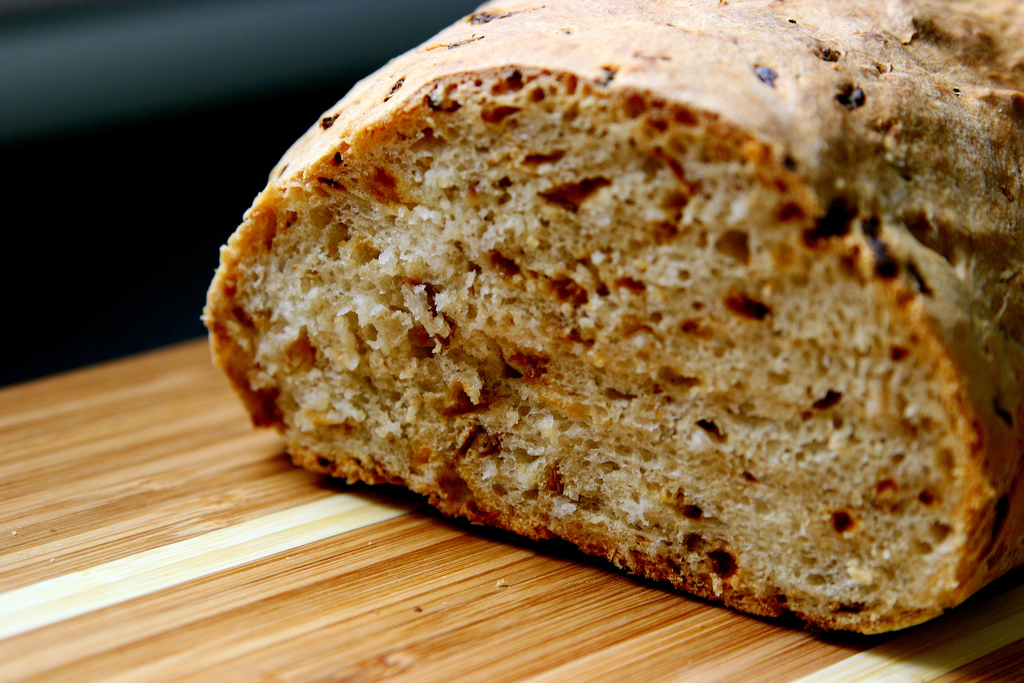
For someone trying to clean up their diet and eat a little healthier, one of the first things to go should be sugar. Despite its sweet and enticing taste, sugar is definitely a major nutritional enemy.
Not only does it contribute to weight gain and a higher risk of obesity and diabetes, but it can increase your risk of depression, lead to cancer, and even affect your learning and memory.
Like everything in life, sugar is okay to have once in awhile in moderation, but how much is too much? The American Heart Association recommends no more than six teaspoons (about 25 grams) of sugar per day for women and nine teaspoons a day for men. However, the average American consumes a whopping 22 teaspoons per day.
The problem is that sugar isn’t just found in the obvious foods such as candy or sweets. The sweetener is lurking around in packaged foods, baked goods and even sauces and dressing.
Sugar also comes in many names, including corn syrup, evaporated cane juice, and words ending in “ose” such as fructose, glucose, and dextrose. This makes it all the more important to pay attention to labels and check ingredients of the foods you buy at the grocery store.
Eliminating foods with added sugar and opting for varieties that are free of sugar or sugar substitutes can help you cut back on the sweetener and improve your health. If you’re trying to cut down on sugar, you should be wary of these seven foods that are secretly loaded with the sweet stuff.
1. Tomato Sauce
You may want to check your favorite marinara sauce, as store-bought tomato sauce can contain 10 grams of sugar per cup. Because inexpensive jars of tomato sauce are often made with cheaper ingredients, manufacturers add sugar to compensate for flavor.
Look for brands that don’t contain sugar in the ingredient list, or make your own sauce at home using fresh tomatoes.
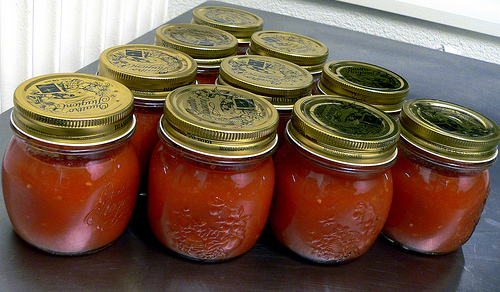

2. Bread
Bread is another sneaky source of sugar, and you may be surprised to find that even the whole wheat varieties contain the same amount — if not more — of added sugar.
Traditional home-made bread doesn’t usually call for sugar, so opt for fresher varieties from the bakery or watch the label for sweeteners such as brown rice syrup or honey as well.
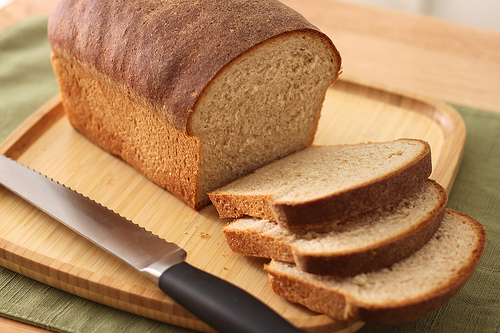

3. Salad Dressing
Many prepackaged salad dressings often contain sugar, especially the low-fat or fat-free variety, which they add to make up for taste.
For instance, one tablespoon of Kraft Creamy French Salad Dressing contains one and a half teaspoons of sugar. A surefire way to avoid added sweeteners is to make your own dressing using olive oil and vinegar.
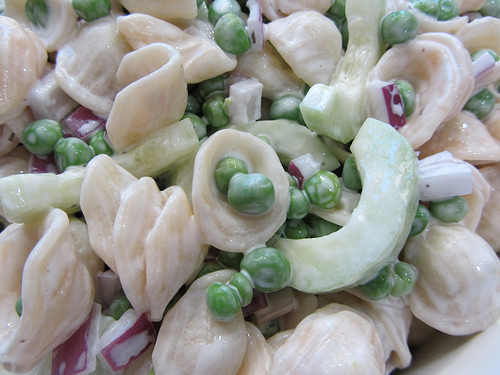

4. Low-Fat Milk
Because fat is removed from milk, which can affect the flavor, sugar is often added in to boost its flavor.
This can add up to 14 grams of sugar per cup, so its best to stick to the fuller fat variety, especially since research shows that low-fat and non-fat milk don’t make you gain weight any more than whole milk.
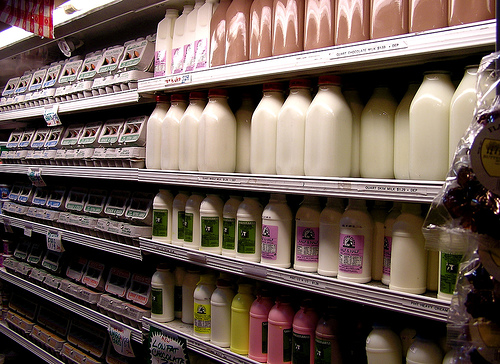

5. Protein Bars
Many people carry protein bars with them for a quick on-the-go snack, but oftentimes these bars are as sugary as a candy bar.
These protein bars often also contain sugar alcohols listed in the ingredient as well. As a rule of thumb, look for bars with sugar grams that make up less than 5 percent of total calories.
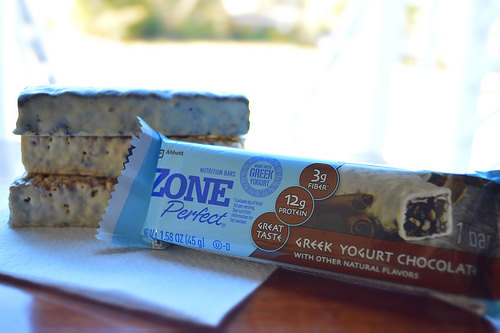

6. Smoothies
Smoothies are frequently lauded as a health food, but since they are made with such a large quantity of fruit and juices, they are loaded with sugar.
Even though the sugar is natural, it still causes a drastic spike and drop in your body’s blood sugar, which can leave you sluggish and craving more of the sweet stuff. Add more vegetables and less fruit to your smoothies to make your drinks less sugary.
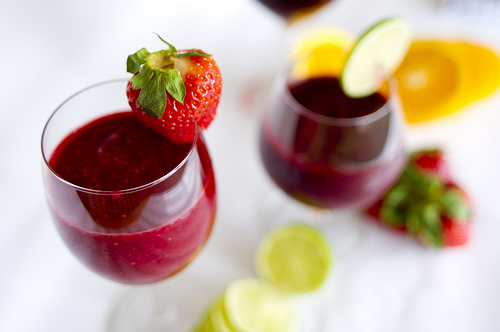

7. Yogurt
Yogurt is a healthy choice, but many brands add sugar to their product, especially flavored yogurts. Yogurt does contain naturally-occurring sugar, so looking at total sugar content won’t always do the trick.
Regular yogurt contains about 15 grams of natural sugar per cup, while Greek yogurt contains six to nine. When looking at the label, be sure to read the ingredient list, but you can always subtract out these numbers to see how much sugar has been added to your yogurt.
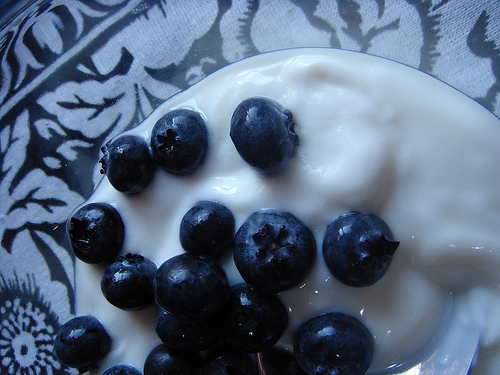

Photo by yashima


